Mast cells are important cells in our immune systems that help us fight off sickness, infections, and allergies. Although these cells are vital to protecting our bodies, some peoples’ mast cells can be too active for no good reason. In these cases, the mast cells might cause more harm than good. When Mast Cells are overly active, Mast Cell Activation Syndrome (MCAS) may sometimes be diagnosed. In MCAS, Mast Cells release excessive chemicals into the bloodstream. This reaction can cause swelling, hives, coughing, and pain.
There are three main types of MCAS that are recognized:
- Primary
- Secondary
- Idiopathic.
Primary MCAS is when the bodies’ mast cells clone themselves excessively. In these cases, mast cells gather in organ tissues in excessive numbers. Symptoms of primary MCAS can occur in pretty much any organ in the body. Common symptoms are allergy-like. For example, skin rashes, hives, and abdominal pain. Especially serious cases of primary MCAS can be called mastocytosis, a life-threatening condition that can cause serious allergic reactions called anaphylaxis.
Even though you may have not heard of it, you are probably familiar with secondary MCAS. Do you have any allergies? If so, you may have secondary MCAS. Secondary MCAS may be diagnosed when a person experiences allergic reactions, for example, to nuts or shellfish. Unlike in primary MCAS, mast cells do not clone themselves abnormally in second MCAS. In fact, people with secondary MCAS have a perfectly normal amount of  mast cells. However, these mast cells are overactive and release excessive chemicals into the bloodstream (such as histamine), which cause allergic like reactions. Some examples of environmental triggers can include pollen, food, and alcohol.
mast cells. However, these mast cells are overactive and release excessive chemicals into the bloodstream (such as histamine), which cause allergic like reactions. Some examples of environmental triggers can include pollen, food, and alcohol.
Idiopathic MCAS is an interesting condition that can be frustrating for patients who have it. This is because these patients experience allergy-like symptoms, but they are not allergic to anything. In other words, idiopathic MCAS can cause seemingly allergic reactions for no reason at all. For MCAS to fall into the idiopathic category, there must be no evidence of an excessive amount of mast cells (primary MCAS), and the allergy-like symptoms must not be triggered by an actual allergy. For someone to be diagnosed with idiopathic MCAS, the doctor must make sure that they rule out all potential causes of the allergy symptoms. Although not typically, patients with idiopathic MCAS may still have serious reactions (anaphylaxis).MCAS in all its forms is treatable through different strategies. Helpful interventions for primary, secondary and idiopathic MCAS may include antihistamines to calm allergy symptoms. For cases of secondary MCAS where the allergic trigger is known, lifestyle changes can go a long way in calming down mast cells.



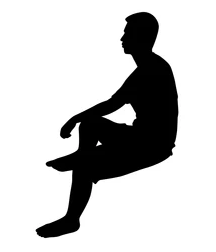




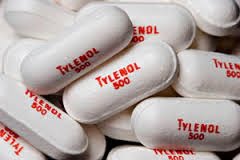

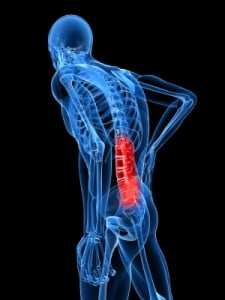
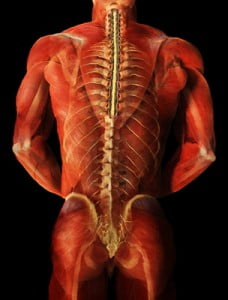
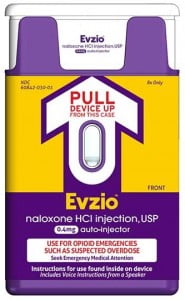

 grabbing more grand slam titles, if Nadal’s stem cell treatment is being used to eliminate his pain by repairing his joints or discs, the actual cause of his back pain may not be addressed.
grabbing more grand slam titles, if Nadal’s stem cell treatment is being used to eliminate his pain by repairing his joints or discs, the actual cause of his back pain may not be addressed.
